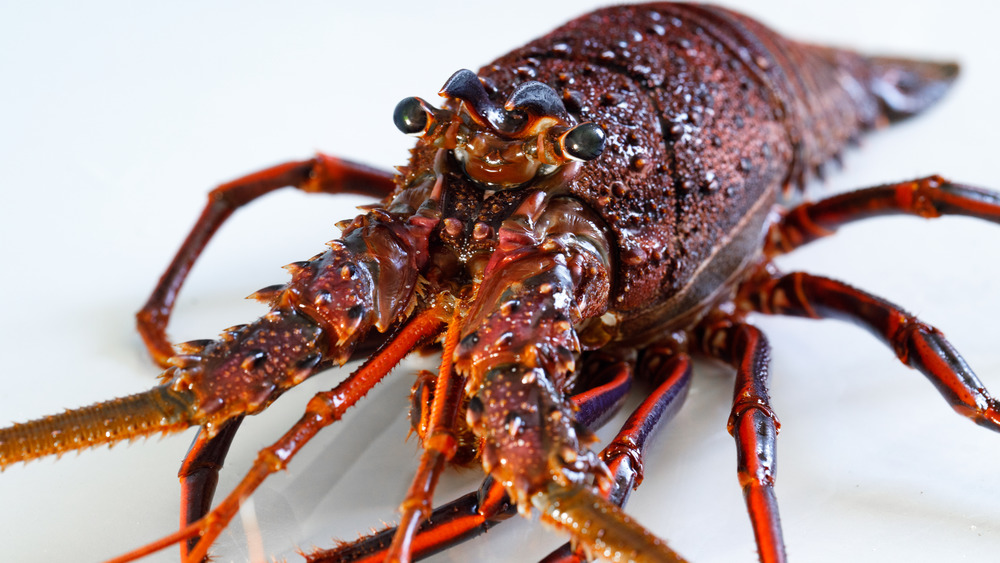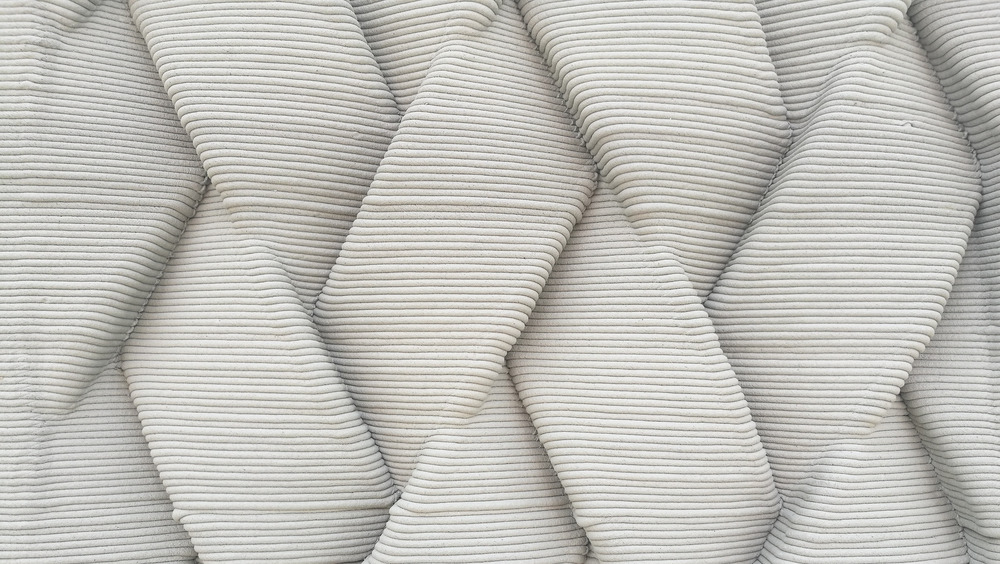How Lobster Shells Can Improve The Strength Of Concrete
A mottled lobster's shell with its twisting patterns is the key to stronger concrete. That's right ... by copying the spiral lines found in the shell, Australian researchers from Melbourne's RMIT University discovered that 3D-printed concrete becomes stronger.
The science might sound strange, but lobsters' exoskeletons are a particularly hard substance that spent millions of years evolving — and following nature's lead can bring innovation. "Rather than use a mold, the process involves depositing layers on concrete one on top of the other, directed from a computer program using 3D printing technology," explained Reuters. The technology helps pinpoint the advantages of the lobster's shell and applies it to creating high-performing concrete.
The technique works especially well in complex architecture projects such as creating arches or any structures that twist. "Digital manufacturing technologies like 3D concrete printing (3DCP) have immense potential to save time, effort and material in construction" as well, pointed out 3D Printing & Design.
The study found that the lobster's spiral patterns made the 3D printed concrete much more durable, allowing it to offer more structural support — especially when steel fibers were used in the product.
The future of 3D printed concrete
Usually with 3D printing, a unidirectional pattern is used, with multiple layers stacked in parallel lines. While this method is easy to do, it doesn't create materials that are strong. The research done by RMIT looked at how several other patterns impacted the printing process and the subsequent concrete, with the spiral ones showing the best results in terms of strength.
"3D concrete printing technology has real potential to revolutionize the construction industry, and our aim is to bring that transformation closer," said lead researcher Dr. Jonathan Tran to 3D Printing Industry. "Our study explores how different printing patterns affect the structural integrity of 3D printed concrete and for the first time reveals the benefits of a bio-inspired approach in 3DCP."
Future research from the Australian team may include looking at how to improve 3D printing of homes and other big structures as well as exploring how recycled materials might be used in concrete.

